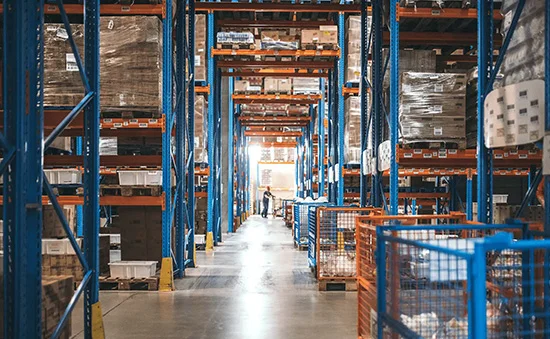As the world continues to evolve, so does the transportation industry. With advancements in technology and changing societal needs, it is crucial to anticipate and address the future transportation problems. In this blog post, we will delve into the potential challenges that lie ahead and explore innovative solutions to ensure efficient, sustainable, and safe transportation systems.
- Urban Congestion and Infrastructure Strain:
With rapid urbanization, cities are grappling with increased traffic congestion and strained infrastructure. The growing number of vehicles on the road leads to longer commute times, decreased productivity, and increased pollution levels. To tackle this issue, cities must invest in smart infrastructure, including intelligent traffic management systems, integrated public transportation networks, and incentivized carpooling programs. Additionally, the promotion of alternative modes of transportation such as cycling and walking can help alleviate congestion and reduce carbon emissions. - Environmental Sustainability:
The transportation sector is a significant contributor to greenhouse gas emissions and air pollution. As the world becomes more environmentally conscious, it is imperative to transition towards sustainable transportation systems. Electric vehicles (EVs) and hybrid cars are gaining popularity, but the infrastructure for charging stations needs to be expanded to encourage their adoption. Furthermore, investing in renewable energy sources to power transportation and promoting public transportation options can significantly reduce carbon footprints. - Autonomous Vehicles and Safety Concerns:
The rise of autonomous vehicles (AVs) presents both opportunities and challenges. While AVs have the potential to enhance road safety and reduce accidents caused by human error, concerns regarding cybersecurity, liability, and ethical decision-making algorithms need to be addressed. Governments and regulatory bodies must establish comprehensive guidelines and standards to ensure the safe deployment of AVs. Additionally, investing in robust cybersecurity measures and continuous testing and improvement of AV technologies are crucial to gain public trust. - Last-Mile Delivery and E-Commerce:
The exponential growth of e-commerce has led to an increased demand for last-mile delivery services. However, this surge in deliveries has resulted in more traffic congestion, increased carbon emissions, and logistical challenges. To overcome these issues, companies can explore innovative solutions such as delivery drones, autonomous delivery robots, and optimized route planning algorithms. Collaboration between retailers, logistics providers, and local authorities can lead to more efficient and sustainable last-mile delivery systems. - Aging Infrastructure and Maintenance:
Many transportation systems worldwide are facing the challenge of aging infrastructure, requiring significant investments in maintenance and upgrades. Bridges, roads, and railways need to be regularly inspected and repaired to ensure safety and efficiency. Governments and transportation authorities must prioritize infrastructure investments and leverage technologies like Internet of Things (IoT) sensors and data analytics to monitor infrastructure health and predict maintenance needs accurately.
Conclusion:
The future of transportation holds immense potential, but it also presents complex challenges. By addressing urban congestion, promoting environmental sustainability, ensuring the safe deployment of autonomous vehicles, optimizing last-mile delivery, and investing in infrastructure maintenance, we can pave the way for a seamless, efficient, and sustainable transportation system. Embracing innovation, collaboration, and forward-thinking policies will be key to overcoming these future transportation problems and creating a better future for all.


